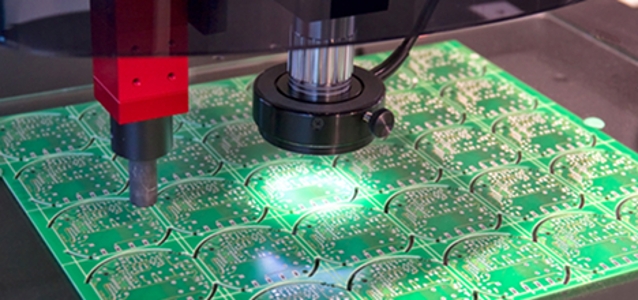
© alterfalter dreamstime.com
Electronics Production |
How to stay ahead of the game
With the competition bringing in more powerful chips, new chips are seen as necessary to help Qualcomm maintain the top position for years to come.
Immediately after the announcement of rival chipmaker NVIDIA's highly anticipated successor to Tegra 3 chip, the six times as powerful Tegra 4, segment leader Qualcomm released its own set of quad-core chips with long-term evolution (LTE) support, coming as a surprise to some -the company's first offering of this kind.
The new chipsets, Snapdragon 600 and 800 will be carrying the Snapdragon S4 Pro chip, which gives as much as 75 percent more CPU grunt and 50 percent better graphics than its predecessor, in addition to a doubling of GPU compute.
The chips are also based on last year's highly successful Krait architecture, which has been widely adopted by the smartphone industry. They are built on the same 28 nanometer (nm) technology, but they consume much less power despite the performance and clock speed boost.
Smartphone sales are skyrocketing, considering the macroeconomic environment, with 2011 posting 42 percent year-over-year growth rates and 2012 expected to be just as high, according to Forbes. Meanwhile, tablet sales grew at a whopping 250% in 2011, and are expected to reach 370 million unit sales come 2016.
With that, Qualcomm's market share is seen to grow from 65 percent in 2011 to 67 percent this year - according to Trefis - largely due to the company's aggressive plans to expand to emerging markets like China and India.
However, Trefis also expects higher competition from NVIDIA, Texas Instruments, and Broadcom, opening the possibility of Qualcomm's market share to fall below 63% instead. The expansion plans to emerging markets meanwhile will continue to decline from 3.5 percent in 2011 to just 3.1 percent this year as the markets command lower rates.
This shouldn't be much cause of alarm though, as the world's two dominant mobile ecosystems, Google's Android and Apple's iOS will continue to have a place for Qualcomm's chipsets. They have also partnered with Microsoft's promising Windows Phone 8 platform, bannered by the Snapdragon-powered HTC 8X and Nokia Lumia 920.
While Android and iOS have an 85 percent market near-duopoly, Microsoft's promising push with WP8 could quickly change that in an instant. Fortunately, Qualcomm has been named the sole chipset supplier for WP8 handsets, having covered that base as well.






